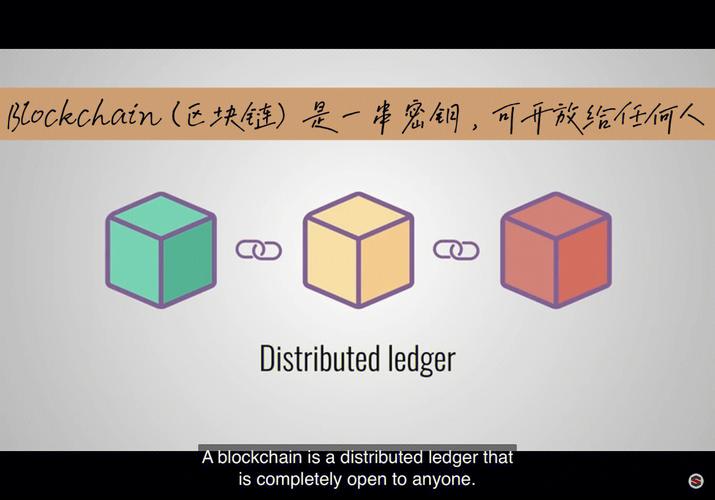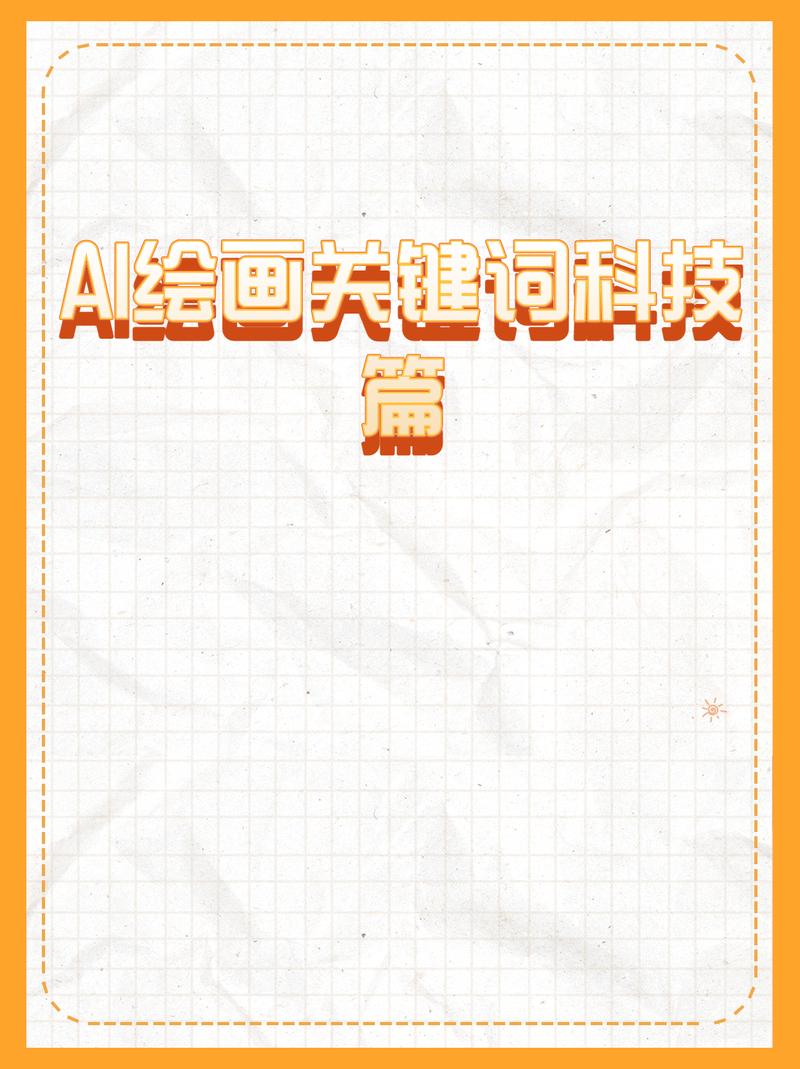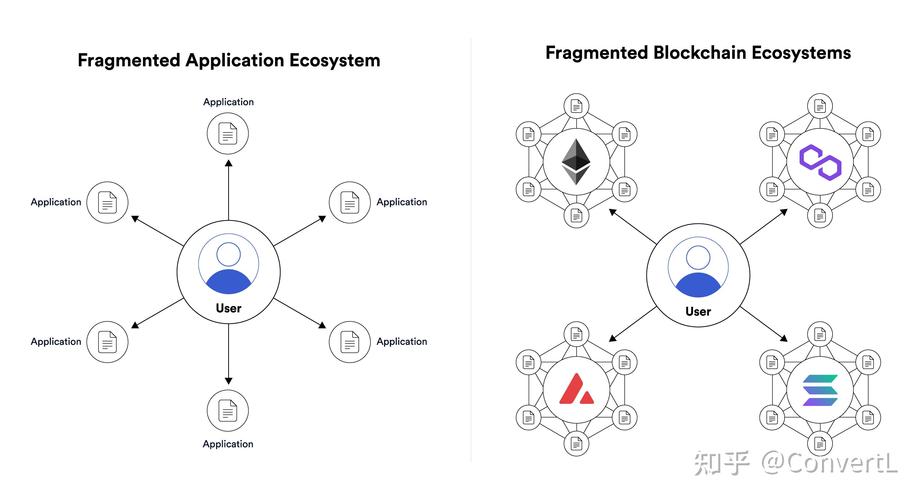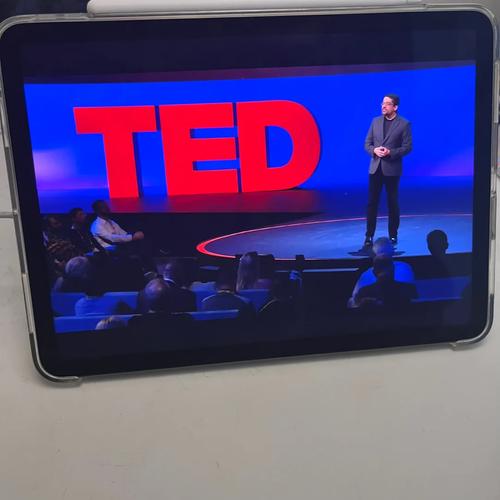区块链技能英文,Introduction to Blockchain Technology
时间:2024-12-24阅读数:10
Introduction to Blockchain Technology

Blockchain technology has emerged as a revolutionary force in the digital world, disrupting traditional industries and reshaping the way we perceive data security and transaction processing. This article aims to provide an overview of blockchain technology, its working principles, and its potential applications across various sectors.
What is Blockchain?

Blockchain is a decentralized digital ledger that records transactions across multiple computers so that the record cannot be altered retroactively without the alteration of all subsequent blocks and the consensus of the network. It is essentially a chain of blocks, where each block contains a list of transactions.
Key Features of Blockchain

There are several key features that make blockchain technology unique and secure:
Decentralization: Unlike traditional centralized systems, blockchain operates on a decentralized network, ensuring that no single entity has control over the entire system.
Immutability: Once data is recorded on the blockchain, it cannot be altered or deleted, providing a high level of security and trust.
Transparency: All transactions are visible to all participants in the network, fostering a transparent and accountable system.
Consensus Mechanism: Blockchain relies on a consensus mechanism to validate transactions and add them to the blockchain, ensuring that all participants agree on the validity of the transactions.
How Does Blockchain Work?

Blockchain operates through a series of steps:
Transaction Creation: A transaction is created and broadcasted to the network.
Transaction Verification: Nodes in the network validate the transaction, ensuring that it meets the necessary criteria (e.g., sufficient funds, valid digital signature, etc.).
Block Creation: Once the transaction is verified, it is added to a new block along with other transactions.
Block Hashing: Each block contains a unique hash value that is generated using cryptographic algorithms. This hash value is used to link the block to the previous block in the chain.
Consensus and Block Addition: The network reaches a consensus on the validity of the block, and once agreed upon, the block is added to the blockchain.
Applications of Blockchain
Blockchain technology has the potential to transform various industries, including:
Finance: Blockchain can streamline cross-border payments, reduce transaction costs, and enhance security in financial transactions.
Supply Chain: Blockchain can provide end-to-end transparency in supply chain management, ensuring the authenticity and traceability of products.
Healthcare: Blockchain can securely store and share patient records, improving data integrity and privacy.
Real Estate: Blockchain can simplify property transactions, reduce fraud, and provide a transparent record of ownership.
Government: Blockchain can enhance the efficiency and transparency of government services, such as voting and land registration.
Challenges and Future Outlook

While blockchain technology offers numerous benefits, it also faces several challenges:
Scalability: Blockchain networks can struggle to handle a large number of transactions simultaneously, leading to slower processing times and higher costs.
Energy Consumption: The consensus mechanisms used by some blockchain networks, such as Proof of Work (PoW), consume a significant amount of energy.
Regulatory Hurdles: The evolving nature of blockchain technology makes it challenging for governments and regulatory bodies to keep up with the pace of innovation.
Despite these challenges, the future of blockchain technology looks promising. As the technology continues to evolve and overcome these obstacles, it is expected to play a crucial role in shaping the future of various industries.
Conclusion

Blockchain technology has the potential to revolutionize the way we interact with data and conduct transactions. By offering a decentralized, secure, and transparent system, blockchain can bring numerous benefits to various industries. As the technology continues to
本站所有图片均来自互联网,一切版权均归源网站或源作者所有。
如果侵犯了你的权益请来信告知我们删除。邮箱:[email protected]
猜你喜欢
-

区块链新闻网,区块链技能助力数据要素流转,上海移动引领新篇章
以下是几个专业的区块链新闻资讯渠道,您能够依据自己的需求挑选适宜的网站进行阅读:1.ODAILY:这是一个专业的区块链媒体渠道,供给全面、深度的区块链技能资讯...
2025-01-07其他 -
开源协同作业体系,助力企业高效协作与立异开展



1.O2OA:特色:O2OA是一个全代码开源的企业运用定制化开发渠道,依据J2EE分布式架构,支撑移动作业和智能作业,适用于企业OA和协同作业类信息化体系的建造和开发。功用模块:包含流程渠道、门户渠道、信息渠道、数据渠道和服务渠道,支撑考勤办理、信息办理、会议办理、日程办理、便签办...。
2025-01-07其他 -
区块链数据剖析,技能革新与商业使用



1.买卖行为剖析:剖析区块链上的买卖数据,包含买卖量、买卖频率、买卖金额等,以了解市场动态和用户行为。2.智能合约剖析:剖析智能合约的布置、履行和交互状况,以评价智能合约的安全性和功率。3.网络拓扑剖析:剖析区块链网络的结构,包含节点散布、衔接联系等,以了解网络的稳定性和安全性。4.地址行为...。
2025-01-07其他 -
开源节省降本增效作业施行方案



开源节省、降本增效是企业在竞赛剧烈的商场环境中进步效益、增强竞赛力的要害办法。以下是拟定开源节省、降本增效作业施行方案的一些主张:一、清晰方针与方向1.拟定清晰的开源节省、降本增效方针,如下降本钱份额、进步出产功率、添加商场份额等。2.确认施行方案的方向,包含优化出产流程、进步职工本质、下降能源...。
2025-01-07其他 -
前海开源杨德龙,2025年A股商场展望与出资战略
杨德龙,男,汉族,中共党员,1981年6月生于河南商丘,现寓居于深圳。他现任前海开源基金办理有限公司履行总司理,具有10年基金从业阅历。杨德龙于2006年7月结...
2025-01-07其他